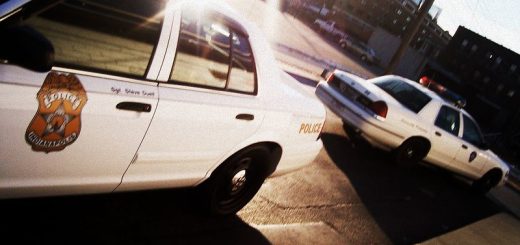Prodding the Court Along on its Journey into the 21st Century
The Supreme Court of Canada has taken big steps in the last year at making its records more accessible and its website more useful. I was reminded of the great potential of these resources last week when I got an email about one of the first questions that new U.S. Supreme Court Justice Sonia Sotomayor had asked from the bench in Citizens United v. Federal Election Commission (Citizens United); some have suggested that her question was a hint that she was in favour of reconsidering centuries old precedents that protect corporate speech under the First Amendment. The email included a link to the transcript of the argument, as well as an audio recording, if I wanted to hear it for myself. This is great! I thought to myself. Why don’t we have this in Canada?
Well, it turns out that we do, sort of, but our Court still has a ways to go. Since February 2009, videos of its hearings have been available online, and, perhaps more importantly for those really looking to dig deep into every angle of a case, there are also copies of each party’s facta from appeals argued after that date. (These developments were first reported here at TheCourt.ca by Rebecca Ross, and commented on by Daniel Del Gobbo). These are good first steps, but that is what they are: first steps. More can (and should) be done to make these materials even more valuable, and accessible, to law students, academics, and the legal community.
What’s the big deal?
Previous posts on this topic have argued that the main advantage of making these resources available is that they give the public a clearer idea of what goes on at the Supreme Court. That may be true, but a more important benefit is that it gives new law students and young lawyers a seat in the courtroom. Students are often told that what appears in a judgment can bear little resemblance to what was argued in a factum or before the Court; putting those arguments online allows for more insight into what the judges had to work with and how they may have been persuaded one way or another.
Practicing law is still very much a profession based on apprenticeship. Students and young lawyers learn by doing and by watching others. For those interested in a career in the courtroom, being able to see some of Canada’s top advocates in action is a fantastic way to see what works (and what doesn’t) in an argument. For those just starting out, it’s also an easy way to see what is actually involved in the hearing of an appeal, and to get a sense of the rapid-fire back and forth that often happens between judges and lawyers.
Problems and solutions
Despite these advantages, anyone trying to actually find the resources is in for a bit of a treasure hunt.
The most immediate problem is that the Court’s website is not exactly easy to navigate. The material is there, but it is tucked away into different corners of the site, connected via links that aren’t immediately obvious. The Webcasts page allows for searching by date, but if you are not sure of when the appeal was argued, it is not the most efficient way to search, especially as the Court’s archive grows. A search by court file number or by keyword are two alternative options, although the keyword function does not always return the most relevant results.
Another issue is with the videos themselves: they are the raw, unedited feeds from the Court. If you are interested enough to watch an appeal, you will have the pleasure of sitting through long stretches of silence at the beginning, watching the lawyers prepare before the hearing. Halfway through you’ll have time to grab some milk and cookies, as the brief recesses are brought to you without commercial interruption. Because the videos are streamed (and not available for download), it is difficult to fast forward through these moments of dead time.
How may these problems be remedied? Transcripts of the oral argument should be made available online as soon as possible after it is finished. The U.S. Supreme Court does this, and the transcripts are often posted, in searchable PDF format, the same day a case is argued.
To make the information more accessible, Canada’s legal community needs a site like Oyez.org. The U.S. Supreme Court has been audio-recording arguments since 1955, and since the late 1980s Oyez has been digitizing them and putting them online, along with summaries of the cases and transcripts of the arguments. The audio is downloadable or can be played alongside a scrolling transcript. (Listen to Sotomayor’s question, during Floyd Abrams’s argument in Citizens United, here. Of more historical interest might be the argument in Bush v. Gore, or Roe v. Wade.) While perusing Oyez’s archives, I could not help but think that there must be Supreme Court of Canada hearings recorded and archived somewhere in Ottawa; they should be made available and accessible on a website like Oyez. At the very least the transcripts should be uploaded. What was said during oral argument in cases like Oakes, Morgentaler, or Keegstra is surely as important as the judgments themselves.
This may not be a job for the staff maintaining the official Supreme Court website. There are likely government-imposed constraints on the look and feel of the website which will always keep it a few steps behind the leading edge. The LexUM legal technology lab, based at the University of Montreal, would be an ideal candidate to take on such a task. They already house copies of Supreme Court judgments going back decades—they should expand their database to include transcripts, recordings, and copies of the materials alongside the judgments.
Making webcasts and facta available was a good first step. The Court should continue to build on these resources to make them even better.






Join the conversation